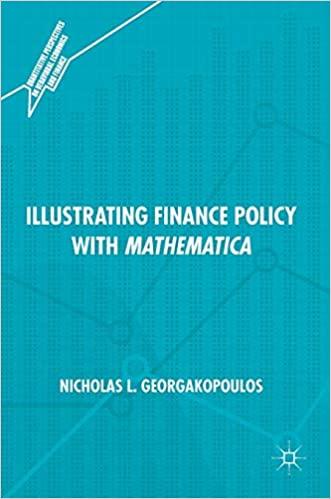Question
Paula is 25, single, and makes $40,000 a year. Paula does not have access to an employer-sponsored retirement plan, but she really wants to start
Paula is 25, single, and makes $40,000 a year. Paula does not have access to an employer-sponsored retirement plan, but she really wants to start saving for retirement. She can contribute $5,000 of pretax money to a traditional IRA, or she can contribute $4,400 of after-tax money to a Roth IRA. The $600 difference represents the tax that Paula has to pay. Assume Paula continues to make this same annual contribution for 30 years and earns 9% on her investment.
1- Use the time value of money (TVM) formulas to calculate what the future value will be and how much she will have after taxes are paid in retirement by completing the following table.
2- Assuming that Paula continues to save aggressively for retirement and accumulates enough retirement wealth so that she will be in the 22% tax bracket in retirement, which option is better for Paula, a traditional IRA or Roth IRA?
Step by Step Solution
There are 3 Steps involved in it
Step: 1

Get Instant Access to Expert-Tailored Solutions
See step-by-step solutions with expert insights and AI powered tools for academic success
Step: 2

Step: 3

Ace Your Homework with AI
Get the answers you need in no time with our AI-driven, step-by-step assistance
Get Started


